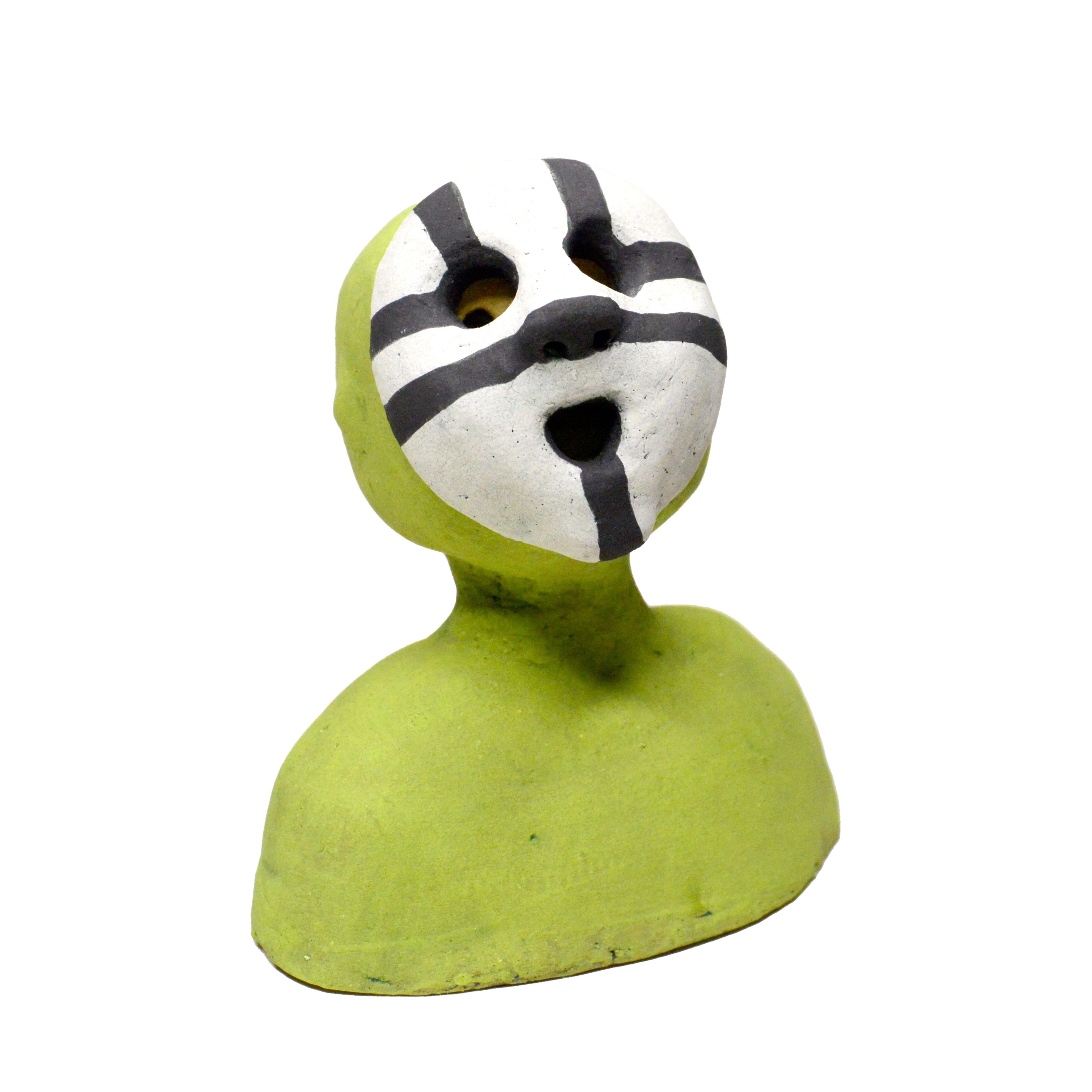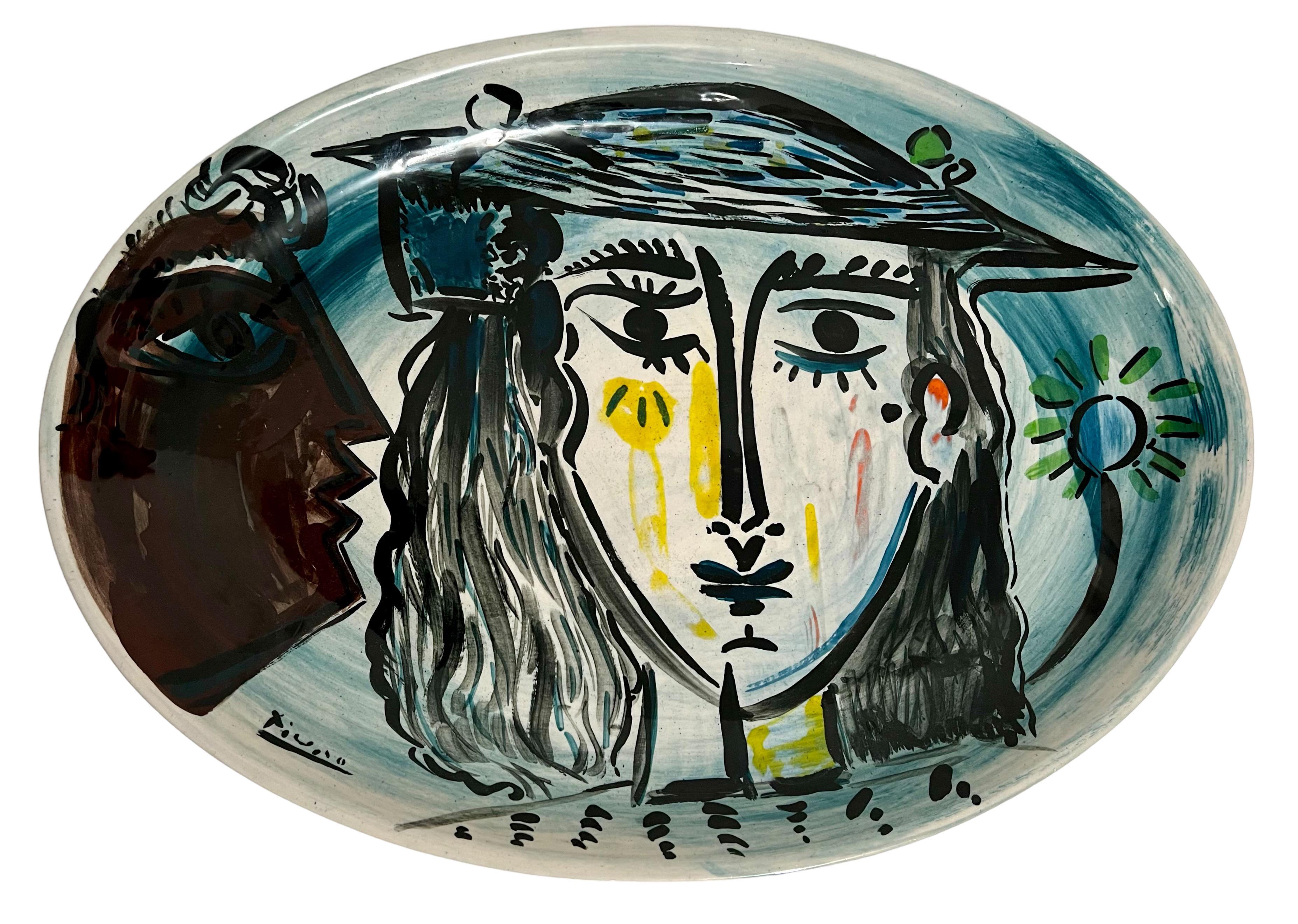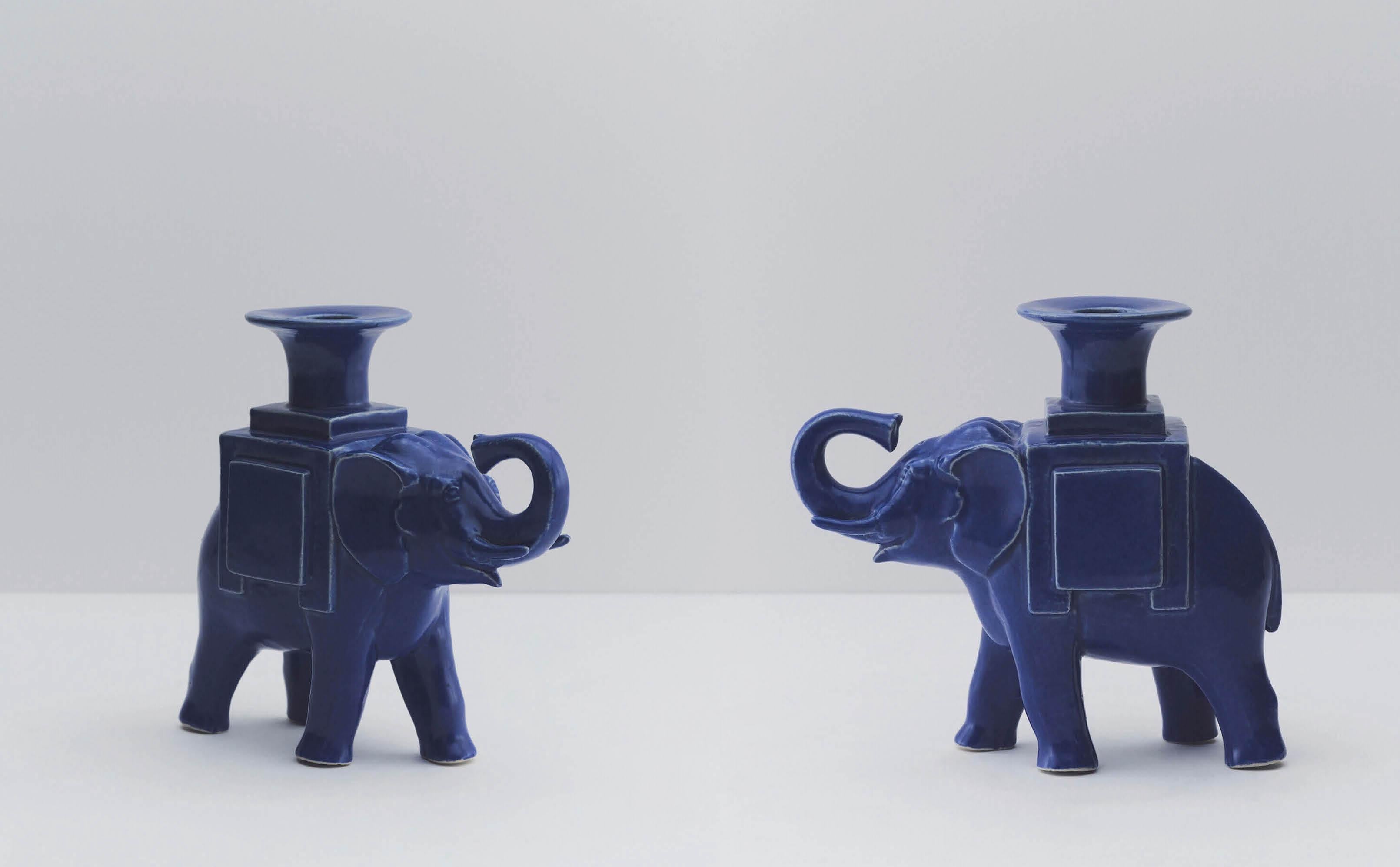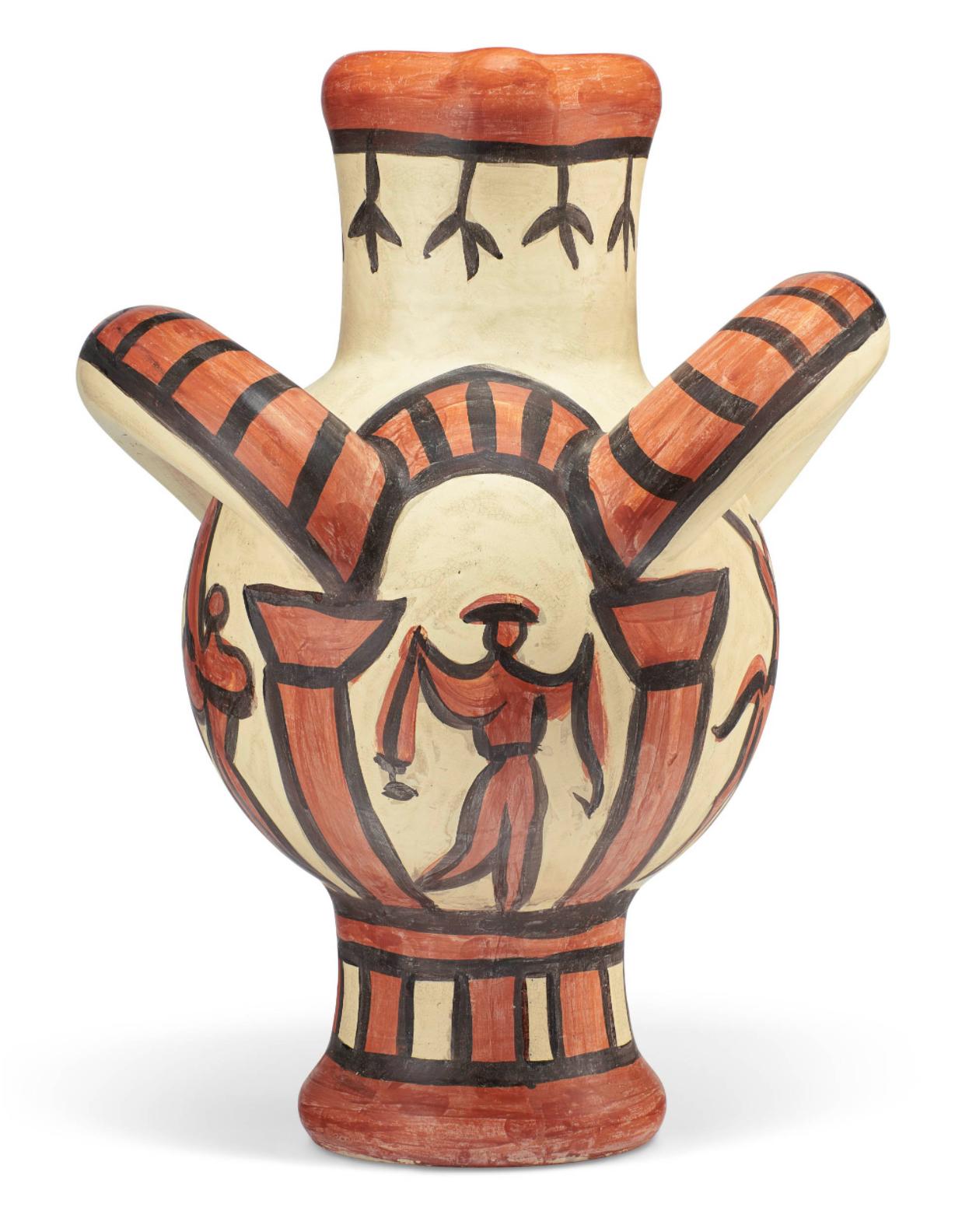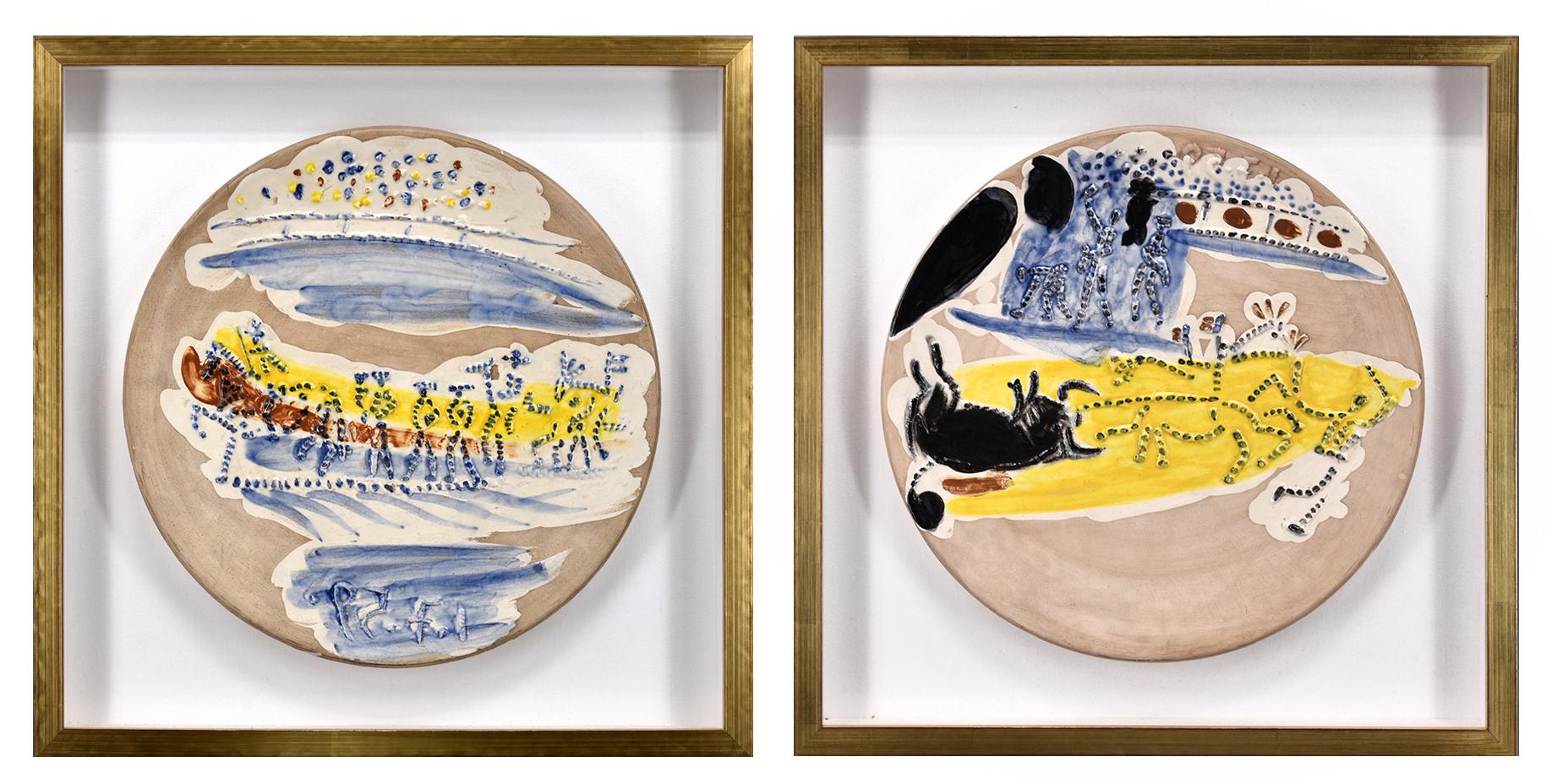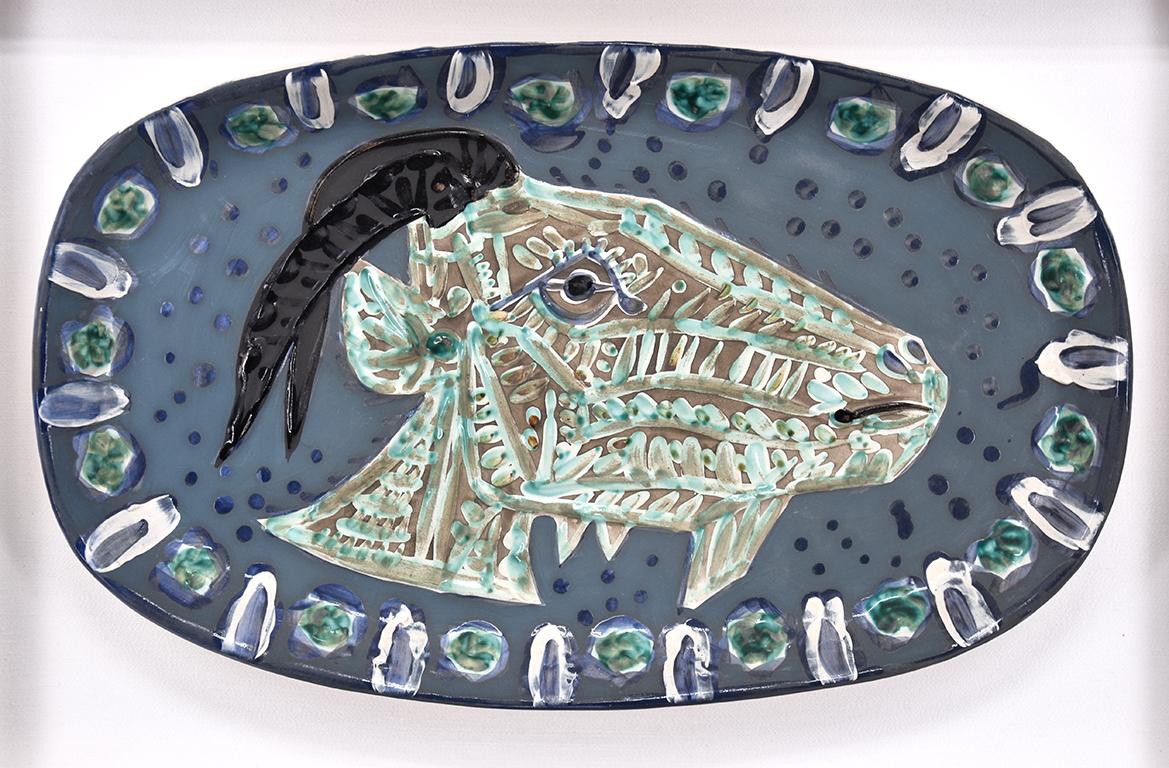Items Similar to Frammento di Venere
Want more images or videos?
Request additional images or videos from the seller
1 of 2
Jacopo SCASSELLATIFrammento di Venere
About the Item
Jacopo Scassellati was born in Sassari (Sardinia) in 1989 where he still resides today. His family is originally from Umbria. Very early on, he displayed a strong predisposition for art. Grandson and son of artists, he followed in the footsteps of his grandfather Franco Scassellati, by strolling through the meanders of the ceramist laboratory, where he played with clay and colors, transforming them into works that revealed his precocious talent. Thus, he quite naturally learned the handling process of colors and the secret of ceramicists. He attended the classic D. A. Azuni high-school in Sassari and obtained his baccalaureate in 2008. During the course of his studies, while working on a project aimed at preserving the Sardinian language, he met writer Gavino Ledda; a friendship that was to lead to the new edition of the novel Padre padrone and other works by Gavino Ledda. In 2012, he graduated from the Beaux Arts Academy of Sassari. While he likes to express himself with his brushes and his colors, he nonetheless often reverts back to sources. He sculpts clay works that bring to mind the Sardinian tradition as well as his classic studies. For him, art is a mental process that is displayed through the manipulation and transformation of materials, that are researched, studied, experimented with patience and obvious pleasure. Indeed, his hands accompany all his creations, guided by his experience as artist-craftsman, from the choice of materials up to the composition of the painting, pursuing an idea, resulting from his urges, emotions, souvenirs and academic studies. He makes his own pigments, like a painter of yesteryear, even though he is constantly seeking new experiences. From there springs his constant artistic metamorphosis, which according to art critic Vittorio Sgarbi, makes him "a young man of talent with a rhythm that no longer exists". He was commissioned to create two altarpieces for the Cathedral of Campi (Teramo), representing the Annunciation and the Deposition. His first personal exhibition, which took place in 2008, was entitled Jacopo Giovin pittore (Jacopo young painter), in Spello (Perugia). For this occasion, the leading Italian art critic, Vittorio Sgarbi, displayed an enthusiastic interest for the talent of Jacopo Scassellati, even comparing him, because of his amazing artistic ascension, to the Grand Masters of the past, having reached the summit of glory at a very young age.
- Creator:Jacopo SCASSELLATI (1989, Italian)
- Dimensions:Height: 14.5 in (36.83 cm)Width: 12 in (30.48 cm)Depth: 6 in (15.24 cm)
- Medium:
- Movement & Style:
- Period:
- Condition:
- Gallery Location:ATLANTA, GA
- Reference Number:1stDibs: LU1555213090362
About the Seller
5.0
Vetted Seller
These experienced sellers undergo a comprehensive evaluation by our team of in-house experts.
Established in 2008
1stDibs seller since 2021
16 sales on 1stDibs
Typical response time: 12 hours
- ShippingRetrieving quote...Ships From: ATLANTA, GA
- Return PolicyA return for this item may be initiated within 14 days of delivery.
More From This SellerView All
- Il senatore di CaligolaLocated in ATLANTA, GAJacopo Scassellati was born in Sassari (Sardinia) in 1989 where he still resides today. His family is originally from Umbria. Very early on, he displayed a strong predisposition for ...Category
21st Century and Contemporary Modern Figurative Sculptures
MaterialsCeramic
- FrammentoLocated in ATLANTA, GAJacopo Scassellati was born in Sassari (Sardinia) in 1989 where he still resides today. His family is originally from Umbria. Very early on, he displayed a strong predisposition for ...Category
21st Century and Contemporary Modern Figurative Sculptures
MaterialsCeramic
- Lo sguardo di Alessandro MagnoLocated in ATLANTA, GAJacopo Scassellati was born in Sassari (Sardinia) in 1989 where he still resides today. His family is originally from Umbria. Very early on, he displayed a strong predisposition for ...Category
21st Century and Contemporary Modern Figurative Sculptures
MaterialsCeramic
- IpaziaLocated in ATLANTA, GAJacopo Scassellati was born in Sassari (Sardinia) in 1989 where he still resides today. His family is originally from Umbria. Very early on, he displayed a strong predisposition for ...Category
21st Century and Contemporary Modern Figurative Sculptures
MaterialsCeramic
- Ode à la rivière bleueLocated in ATLANTA, GATrained with Master ceramic sculptors: statuary technique with Maitre Guémard from the Louvre Museum in Paris, Catherine Benoit sculptor from Saint-Tr...Category
21st Century and Contemporary Modern Figurative Sculptures
MaterialsCeramic
- Buste AfricaineBy Mauro CordaLocated in ATLANTA, GAMauro Corda’s figurative sculptures maintain a reverence for classical and modernist traditions, while also expressing the artist’s voice. Though born in France, the artist hails fro...Category
21st Century and Contemporary Modern Figurative Sculptures
MaterialsTerracotta
You May Also Like
- Pin·e·co 004 Original Ceramic Sculpture with maskBy Renate FrotscherLocated in MAURS, FRPineco number 0004 Original Ceramic sculpture. These adorable one-of-a-kind art toys are meticulously crafted, numbered from 0001 to 00050 and are truly unique, sculpted and hand pai...Category
2010s Modern Figurative Sculptures
MaterialsClay, Stoneware, Glaze, Underglaze
- Ceramic Plate by Master Art Forger David Stein after Pablo Picasso VallaurisLocated in Surfside, FLApres Pablo Picasso (bears a pseudo signature recto) Hand signed David Stein, dated 1979 verso. Figural painted porcelain or ceramic serving dish, oval form. Dimensions: 18" X 14 David Stein (born Henri Haddad, 1935, Alexandria, Egypt – died 1999, Bordeaux, France) was an artist (notorious art forger) who, until 1966, had been frequently sentenced for theft by the French courts before becoming an art forger and art dealer with 15 aliases. Stein often copied paintings in the style of the masters. For example, he studied Marc Chagall, Matisse, Braque, Paul Klee, Joan Miró, Pablo Picasso, Jean Cocteau and Rouault, in order to copy their color scheme and inspirations. In 1967 Marc Chagall notified authorities of forgeries of his work hanging in a New York gallery, and Stein was arrested. Art dealers refused to cooperate with the prosecution because it would have incriminated them and made their expertise in the art field questionable. Some art collectors refused to give up their paintings as evidence. Stein was convicted of six counts of art forgery and grand larceny. During his prison term, Joseph Stone, the judge who arrested him, brought him to his office to paint. He remained a good friend of the Stein family long after Stein completed his jail sentence. In 1989 he discovered that Stein never stopped making forgeries. After Stein had served his prison term in the United States, he was deported to France where he served another term. Prison authorities allowed him to make further paintings, although now using his own name. In 1969 a London gallery sold some of these paintings. After Stein was released, he returned to painting, this time selling his paintings under his own name to put a mask on his real activities. The book Three Picasso's Before Breakfast (Mémoirs of an Art Forger's Wife) by Anne Marie Stein as told to Georges Carpozi Jr (Hawthorn Book Inc) was written by David's life partner Anne-Marie about their experiences in the art world. In the mid 1980s director Gil Cates gave his agent Arthur Axelman at William Morris a copy of the book which had been written without Stein's involvement. Axelman set out to find Stein and after several years he located him in Manhattan. Stein became an Axelman client and friend. While deals at HBO and ABC did not lead to production of a film, Axelman introduced Stein to Keith Carradine and Alan Rudolph, director of the movie "The Moderns" with ultimately starred John Lone, Géraldine Chaplin, Keith Carradine and Linda Fiorentino. The film was set in the Paris of the '20s although filmed in Montreal. Stein appeared in the film as an art critic and provided all of the art. A minor concern was a scene where a painting in the style of Matisse and Modigliani was to be burned on camera and a Modigliani destroyed by knife. No one cared to destroy any of Stein's copies, "Just good for the camera" say Stein. but a William Morris assistant for agent Axelman suggested making large format copies of the works to be destroyed. Stein refused and during the scene actor John Lone destroyed the Paintings. Stein was living in France after his troubles with the US immigration who had told him to leave US territory in 1988. He met the French photo...Category
1970s Modern Figurative Sculptures
MaterialsEnamel
- Paire Bougeoirs Elephant, Candle Stick, Animal, Ceramic, Lalanne, DesignBy François-Xavier LalanneLocated in Geneva, CHPaire Bougeoirs Elephant, Candle Stick, Animal, Ceramic, Lalanne, Design Paire Bougeoirs Elephant Ed. 80 pcs 1985 Glazed ceramic and copper with original boxes 15 x 15.3 x 6 cm / 5.9 x 5.9 x 2.4 in.(each) Monogrammed, stamped, dated, numbered and editor's mark : FXL, Lalalnne, 85, EA43/80, EA42/80, Artcurial Certificate of authenticity issued by Artcurial Editon,. Provenance : Artist's Estate Collection of Marie Lalanne Literature : Claude et François...Category
1980s Modern Figurative Sculptures
MaterialsCeramic
- Grois Oiseau Corrida (Large Corrida Bird), 1953By Pablo PicassoLocated in Palo Alto, CAA rare ceramic work, Pablo Picasso ceramic Large Corrida Bird, 1953 captures the entirety of a bullfight- or corrida - as you travel around the vase. Starting in the front, below the...Category
1950s Modern Figurative Sculptures
MaterialsEarthenware, Ceramic
- Paseo & Arrastro, from Service Scènes de Corrida (Set of 2), A.R.416 & A.R.423By Pablo PicassoLocated in Palo Alto, CACreated in 1959, Pablo Picasso (Málaga, 1881 – Mougins, 1973) Paseo A.R. 416 and Arrastro A.R. 423 are numbered from the edition of 50 on the reverse and stamped with the 'MADOURA PLEIN FEU' and ‘EMPREINTE ORIGINALE DE PICASSO' pottery stamps on the reverse. Pablo Picasso was an avid fan of bullfighting his entire life, attending his first corridas when he was a child in Spain and gaining a renewed interest in the events when he settled in the South of France after World War II. Undoubtedly the theatrical drama and flashy machismo of the matadors appealed greatly to Picasso's sensibilities and resonated with his Spanish roots. In 1959, Picasso produced an 8-piece plate series, each featuring a different bullfighting scene suggested through lively stipple lines. Paseo A.R. 416 depicts a line of bullfighters highlighted by a streak of yellow. The strokes of blue above and below the figures contrast with the warm of the yellow, creating visual tension that anticipates the drama of the fight. Arrastro, from Service Scènes de Corrida, 1959 A.R. 423 features a victorious bullfighter holding his curved sword, known as an estqoue, over his head. The dark atmosphere created by the deep blue, black, and touch of brown is slashed by the intense yellow down the center of the plate. This shock of bright color evokes the excitement of the bullfighter as he stands triumphant over the bull. Catalogue Raisonné & COA: Pablo Picasso Paseo...Category
1950s Modern Figurative Sculptures
MaterialsCeramic
- Tête de chèvre de profil (Goat's Head in Profile)By Pablo PicassoLocated in Palo Alto, CACreated in 1952, Tête de chèvre de profil (Goat’s Head in Profile) 1952 A.R. 145, is a Madoura oblong dish of white earthenware clay with deco...Category
1950s Modern Figurative Sculptures
MaterialsCeramic
